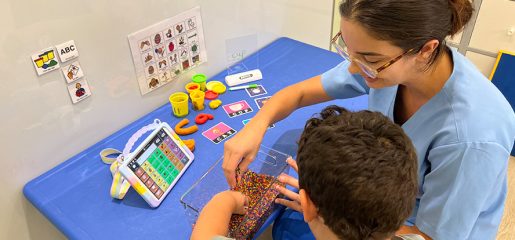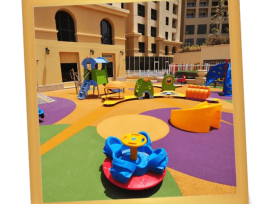
How To Choose The Right Occupational Therapy For Your Child
Selecting the appropriate occupational therapy (OT) for your child is vital for their development and well-being. The right child occupational therapy can significantly improve their ability to perform daily activities and improve their quality of life. Below are several key factors to consider when choosing the right occupational therapy for your child.
Assess your child’s specific needs:
The first step in choosing the right OT is to thoroughly assess your child’s specific needs. Occupational therapy addresses a wide range of issues, including sensory processing disorders, developmental delays, fine motor skills, and social-emotional challenges. Observe your child’s behavior, consult with their pediatrician, and consider any previous assessments or diagnoses. Understanding your child’s unique needs will guide you in finding a therapist who specializes in the relevant areas.
Research different types of occupational therapy:
Occupational therapy encompasses various approaches and techniques. Some common types include sensory integration therapy, which focuses on improving how the brain processes sensory information; motor skills therapy, aimed at improving fine and gross motor skills; and social skills therapy, which helps children develop better interpersonal skills. Research these different types to determine which approach aligns best with your child’s needs and challenges.
Seek recommendations and referrals:
Recommendations from trusted sources can be invaluable. Ask your child’s pediatrician, teachers, or other parents for referrals to reputable occupational therapists. Online reviews and testimonials can also provide insights into the effectiveness and quality of different therapists. Personal recommendations can help you narrow down your options and choose a therapist with a proven track record.
Verify credentials and experience:
Ensure that the occupational therapist you choose is licensed and has the necessary credentials. Look for therapists who have experience working with children and who specialize in the areas your child needs assistance with. Therapists with certifications in specific therapeutic techniques, such as sensory integration or pediatric occupational therapy, can offer targeted and effective interventions.
Evaluate the therapy environment:
The environment in which therapy takes place is vital for your child’s comfort and engagement. Visit therapy centers to assess their facilities. Look for clean, safe, and child-friendly environments equipped with the necessary tools and equipment. A welcoming and stimulating environment can improve your child’s therapy experience and make them more receptive to interventions.





